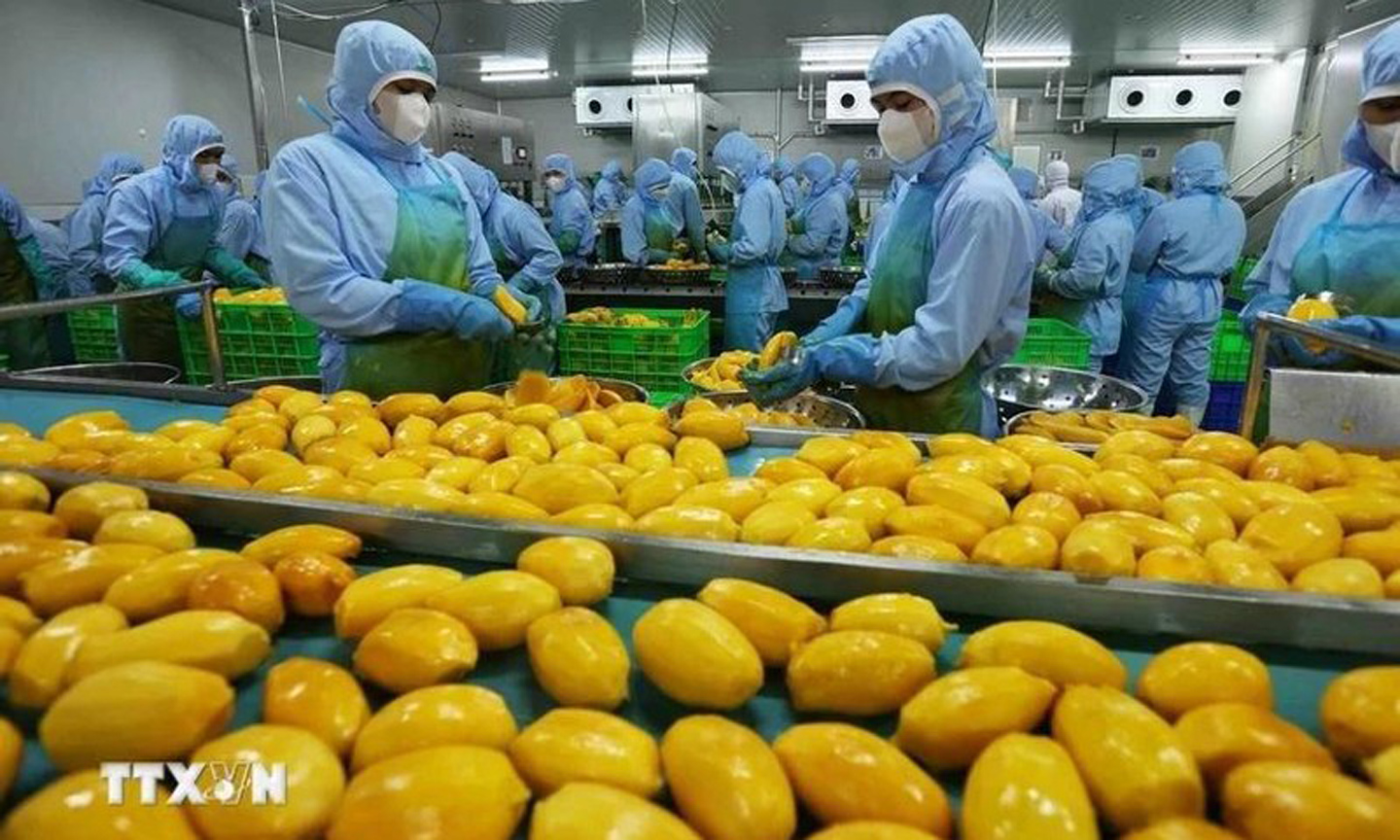Vegetable, flower, fruit industry needs strong changes to thrive
ABO/NDO- Vietnam's vegetable, flower and fruit industry needs strong changes from production to trade promotion to increase value and develop brand, heard a seminar held in Ho Chi Minh City on January 8.
The seminar, organised by the Vietnam Fruits and Vegetables Association (Vinafruit) and Minh Vi Exhibition & Advertisement Services, highlighted Vietnam’s favourable conditions for producing vegetables, flowers, and fruits and that the sector is gradually gaining a foothold in international markets.
Vinafruit General Secretary Dang Phuc Nguyen said that Vietnam is emerging as one of the largest regional centres for producing and exporting vegetables and fruits.
In 2024, its vegetable and fruit exports reached a record of over 7.2 billion USD, 1.6 billion USD more than that of 2023. This leap is paving the way for the sector to meet the export target of 10 billion USD in the coming years.
Additionally, the Vietnamese flower sector is also experiencing impressive growth. With favourable climatic conditions and a diversity of varieties, Vietnam has established itself as a high-quality fresh flower supplier for many countries. From 2021 to 2026, its flower market is projected to grow at over 11% on an annual basis.
However, with increasingly stringent requirements in the market, improving the quality and food safety of vegetables and fruits is essential, Nguyen said, adding that global consumers now prioritise organic food produced under circular economy models with low emissions.
 |
| Workers process mango for export. (Photo: VNA). |
Many projects have been initiated to develop organic agriculture in Vietnam. However, to scale up and develop sustainably, harmonious solutions should be taken by various stakeholders.
He suggested the Government issue attractive incentives while businesses focus on building effective value chains, farmers be equipped with knowledge and production skills, and research institutions develop varieties with high yield, quality, and pest resistance.
In the flower sector, Coordinator for Vietnam at the Netherlands - Vietnam Horti Business Platform Mai Hong said that flower cultivation can yield significantly higher economic returns compared to other crops, with profit margins ranging from several hundreds of millions to several billions of VND per ha each year.
However, compared to vegetables and fruits, the issue of safe production in the flower sector receives less attention due to the perception that flowers are not food and therefore not directly consumed, leading to a belief that they are non-toxic. Non-chemical plant protection measures such as nets, greenhouses, and natural enemies have not been widely adopted due to high costs.
Challenges facing Vietnamese flower growers include a lack of knowledge and awareness of production models as well as the application of scientific - technical advances to develop circular agriculture. Funding shotages also form a big barrier to investing in safe and sustainable agricultural models, Hong said.
Ho Anh Dung, Vice President of the Da Lat Flower Association, said that although Da Lat city in the Central Highlands province of Lam Dong is the largest flower production hub in the country, with an area of about 10,000 ha, over half of which adopts high-tech farming, revenue from flower exports remains modest, around 70 - 80 million USD annually.
He said organic and circular production is a global trend not restricted to agricultural and food products but for most other consumer products, including flowers. To increase export value and expand markets, Vietnam needs to change its production mindset, prioritise quality over quantity, and diversify flower varieties. Furthermore, trade promotion, product introduction, and brand marketing also need to be reformed to effectively attract customers.
(Source: NDO)
 về đầu trang
về đầu trang







